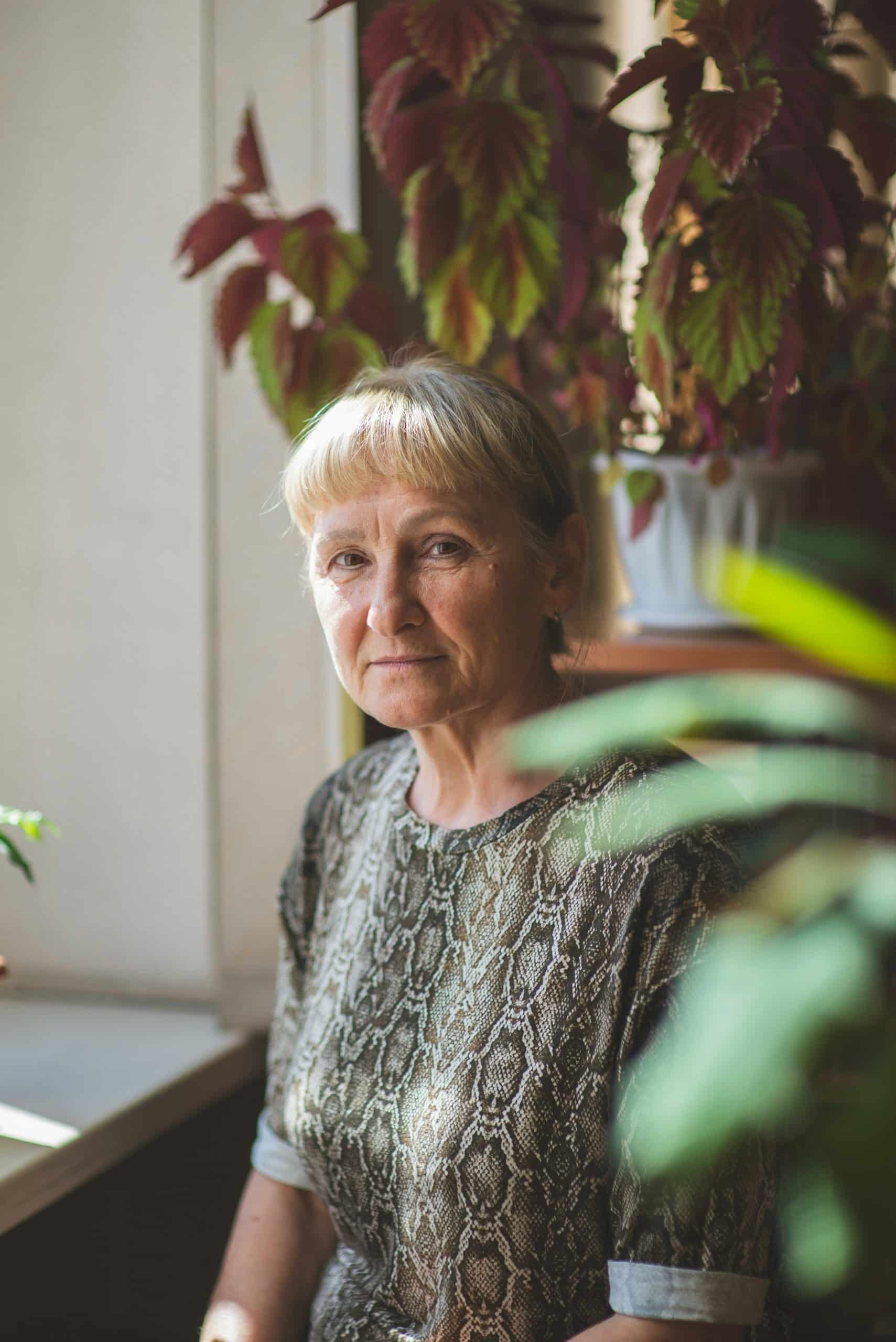How Can Seniors Manage Seasonal Affective Disorder with Natural Light Therapy?

As the winter season rolls in, many of us savor the joys of warm beverages, cozy evenings, and festive celebrations. But for a significant number of adults, the shorter days and extended darkness can trigger a type of depression known as Seasonal Affective Disorder (SAD). According to scholarly articles available on Google and PubMed, SAD affects about 5% of adults, with seniors being a particularly vulnerable group due to various health and lifestyle factors. Among the numerous treatments recommended for this disorder, a non-invasive, natural method stands out - light therapy. In this article, we'll explore how light therapy can help seniors manage symptoms of Seasonal Affective Disorder.
Understanding Seasonal Affective Disorder (SAD)
Before we venture into the treatment modalities, it's crucial to understand what Seasonal Affective Disorder (SAD) is. SAD is a type of depression that usually begins and ends at the same times every year. It’s most common in the fall and winter months but can occur in the spring and early summer too.
En parallèle : What Are the Best Cardiovascular Exercises for Seniors with Limited Standing Ability?
The symptoms of SAD closely mimic those of major depression, including persistent low mood, loss of interest or pleasure in activities, feelings of hopelessness, and sleep disturbances. For seniors, these symptoms can be particularly debilitating, affecting their overall health and quality of life.
Research suggests that SAD is linked to changes in sunlight exposure that occur with changing seasons, altering the body's internal biological clock that regulates mood, sleep, and hormones. This is where light therapy comes into play, a treatment that can help reset these biological rhythms.
Lire également : How Can Seniors Effectively Manage Blood Pressure Through Mind-Body Techniques?
The Role of Light Therapy in Treating SAD
Light therapy, or phototherapy, is a way to treat Seasonal Affective Disorder by exposure to artificial light. It involves sitting a few feet from a special lamp called a light therapy box that emits a bright light mimicking natural outdoor light.
The therapy is thought to affect brain chemicals linked to mood, easing SAD symptoms. Using a light therapy box may also help increase your energy levels and enhance your mood.
According to studies from Google Scholar and PubMed, light therapy can be an effective treatment for SAD, including in seniors. It's usually recommended to start light therapy in the early fall before symptoms of SAD begin, and to continue into the winter months, potentially even extending into the spring.
Implementing Light Therapy for Seniors
Introducing light therapy into a senior's daily routine is relatively straightforward. It typically involves sitting close to a light therapy box for about 20-30 minutes each day, preferably right after waking up in the morning. It's important to remember that the light box should be at eye level or higher to increase its effectiveness.
During the therapy, seniors can carry out normal activities like reading, eating, or watching TV. However, it’s recommended not to look directly into the light box as it can strain the eyes.
Of course, individual needs will vary, and it's always wise to consult with a health care provider before starting light therapy, especially for seniors who may have eye conditions or be on medication that makes them sensitive to light.
The Benefits and Limitations of Light Therapy
Light therapy presents numerous benefits, especially for seniors struggling with SAD. It's a non-invasive treatment that doesn't rely on medication, thus avoiding potential drug interactions or side effects. It's also a flexible treatment that can be adapted to fit into a senior's lifestyle and comfort.
Light therapy has been shown to improve sleep, a common issue for seniors with SAD. Better sleep can lead to improvements in mood, energy levels, and overall quality of life.
However, light therapy has its limitations. While it can help relieve some symptoms of SAD, it doesn't cure the disorder. Some people may experience minimal relief from symptoms or find that their improvement is only temporary. Others may not be able to tolerate the bright light.
Moreover, light therapy should not replace any current treatment or medication unless advised by a health care provider. It should be seen as a complementary therapy to help manage SAD symptoms.
Despite these limitations, light therapy remains a valuable tool in managing Seasonal Affective Disorder, particularly for seniors. It offers a natural, non-invasive way to help brighten their winter days and enhance their wellbeing.
Tailoring Light Therapy to Individual Needs
Implementing light therapy into a senior's schedule demands a personalized approach. As per the research available on Google Scholar and PubMed, the therapy's effectiveness can be influenced by several factors, such as the time of day it is delivered, its intensity, and its duration.
Typically, light therapy is most effective when used for about 20-30 minutes each day, particularly in the early morning hours. This timing helps to reset the circadian rhythms that govern sleep and wakefulness, which can often be disrupted in those with Seasonal Affective Disorder.
The light box should be positioned at eye level or higher, and seniors should sit a few feet away, not directly staring at the light. During the therapy session, older adults can engage in normal activities such as eating breakfast, reading, or watching television.
Some seniors may require longer sessions or a higher intensity of light, particularly in severe cases of SAD. It's worth noting that people with certain eye conditions or those taking medications that increase their sensitivity to light need to exercise caution. Thus, it's always advisable to consult with a mental health professional or a healthcare provider before starting light therapy.
Combining Light Therapy with Other Treatments for Enhanced Outcomes
While light therapy can be an effective treatment for SAD on its own, research suggests it can be even more beneficial when combined with other treatment modalities. A free article on PubMed suggests that incorporating cognitive-behavioral therapy (CBT) may enhance the benefits of light therapy.
CBT can help seniors understand and manage their thoughts and feelings, thereby reducing the impact of SAD symptoms on their daily life. It can be particularly useful for those who also suffer from anxiety or other forms of depression.
Additionally, some seniors may find relief from SAD symptoms through medication. Antidepressants, particularly selective serotonin reuptake inhibitors (SSRIs), have been shown to be effective in treating SAD. It is noteworthy that any medication should only be taken under the guidance of a healthcare professional due to potential side effects and drug interactions.
Lifestyle changes can also support the effectiveness of light therapy. Regular exercise, a balanced diet, and good sleep hygiene can all contribute to improving mental health and managing SAD symptoms.
Conclusion
Seniors are at a heightened risk for Seasonal Affective Disorder due to a variety of health and lifestyle factors. Light therapy offers a safe, natural, and non-invasive treatment option to help manage the symptoms of SAD.
Research from Google Scholar and PubMed shows that light therapy may substantially improve mood, energy levels, sleep, and overall quality of life in older adults suffering from this disorder.
While light therapy is a promising treatment for SAD, it's important to remember that it is not a one-size-fits-all approach. The therapy must be tailored to individual needs and often works best when combined with other treatments like cognitive-behavioral therapy, medication, and lifestyle changes.
Despite its limitations, light therapy remains a valuable tool in the treatment of Seasonal Affective Disorder, particularly in seniors. It illuminates a pathway to brighter days and improved mental health, making the darker months of the year a little more bearable. As with any treatment, it's essential to consult with a healthcare provider before starting light therapy. In the quest for wellbeing, every ray of light counts.
